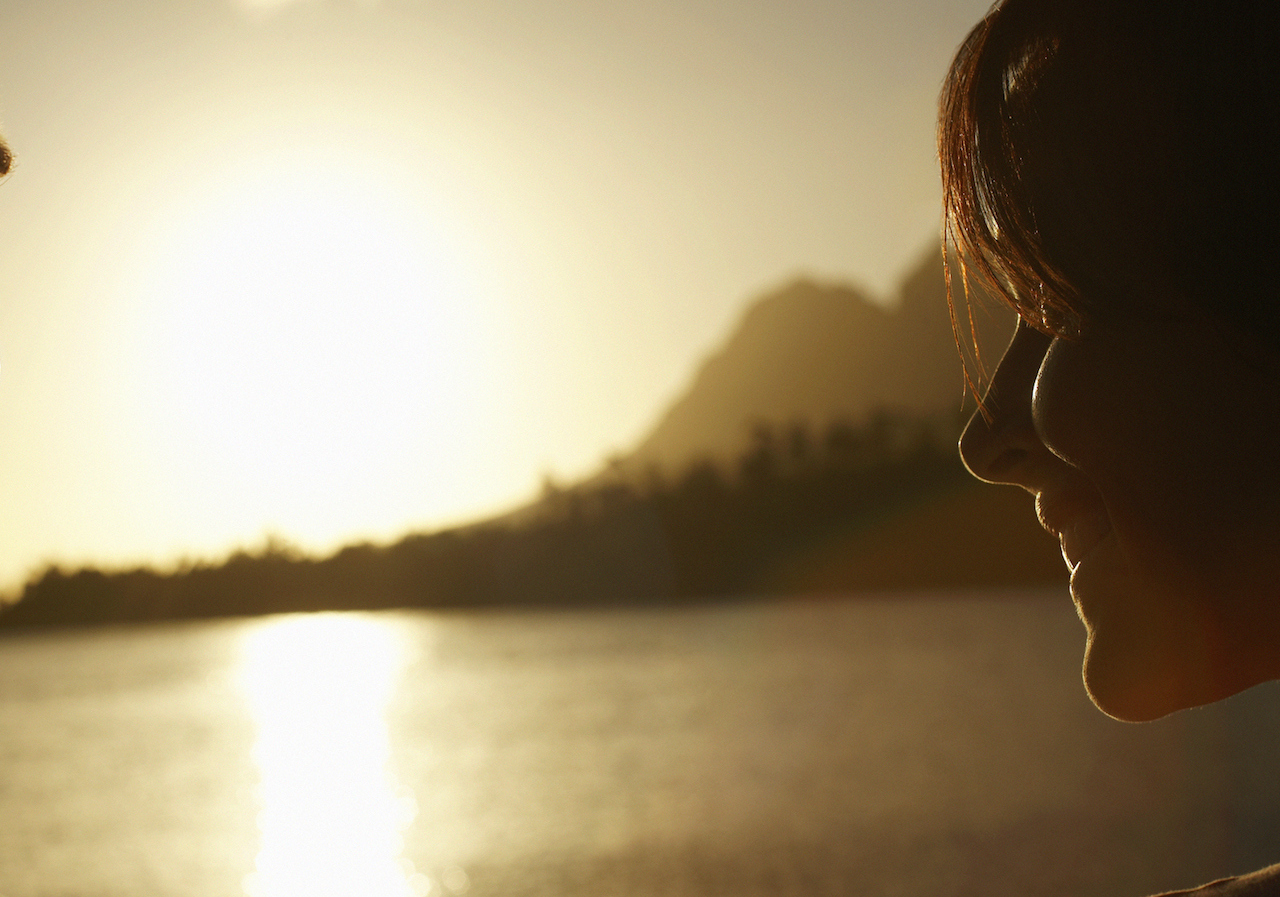Twelve years ago, at the age of 23, I was diagnosed with reflex sympathetic dystrophy (RSD). I remember the day vividly. My orthopedic surgeon had referred me to a pain management specialist in San Francisco. Excruciating pain in my left foot and ankle with an intense burning quality had now become the norm over the last several months. Despite following my surgeon’s strict post-op regimen of aggressive physical therapy and medication, I was not healing. I had now endured six ankle surgeries total, attempting to correct problems caused my an ankle fracture three years prior.
Something was different this time. Something was wrong.
A kind, and compassionate doctor, who still treats me to this day, greeted me. He reviewed my medical history, MRI and CT san reports, letters from surgeons and rheumatologists, lab results, and examined my foot and ankle. It was so swollen at the time; even shoes four sizes larger could not fit over it. It was red hot, and something as simple as my bed sheets, or a breeze hitting the area, elicited a pain so intense I never knew was possible.
“You have a textbook case of RSD, which stands for reflex sympathetic dystrophy.”
I sat stunned, feeling as if the wind had been knocked out of me, as my doctor began explaining what RSD was and the various treatment options available to me. I remember thinking this was not supposed to be happening. I’m 23 and healthy! I thought I was coming here for pain relief related to an ankle fracture! How was this turning into a diagnosis of a serious neurological disease?
As medications were being prescribed, physical therapy and nerve blocks arranged, anxiety washed over me. Questions and thoughts spiraled in my brain like an unyielding vortex of panic. “Can this be cured?” “Will I get worse?” “I have to finish college!” “You’re going to put needles in my spine?!?” “Will I be living with this much pain forever?”
As I left the office, the same thought kept replaying in my mind. “What am I going to do?” I had never heard of RSD. Even in my work as a pharmacy technician, I had never run across a patient with that diagnosis.
When I got home, I sat down at my computer and searched for RSD on the internet. Back in early 2004, support for chronic illness was scarce. Mainstream support groups, social media and message boards were still in their infancy. Page one of the search engine revealed nothing. Finally, buried on the third page of my search results, was a small organization for RSD.
I sat for over an hour, reading everything I could about it, sobbing.
Not only was RSD more serious than I thought, it was also not curable, progressive, could spread and become systemic, and was considered a rare disease, which lacked awareness in both the public and medical communities.
Never had I ever felt so scared or alone.
I found myself asking, “How am I ever going to learn to live with this? Am I doomed to feel terrified and alone forever?”
It was those feelings of isolation, fear and anxiety that eventually drove me to push through those tumultuous early days, and try to grow and persevere. I had to learn to live in a new way.
Out of that initial loneliness and despair emerged a stronger, more determined self. My warrior self.
When you think of a warrior, oftentimes images of sword-wielding caricatures come to mind. In film, warriors are often portrayed as samurais or vikings. Physically, I certainly don’t project a typical warrior image, but what resides in my heart and spirit is nothing short of badass.
Over the last 12 years, I’ve worked hard to cultivate a warrior heart and spirit. It has been no easy feat. RSD has spread throughout my body and now affects all four limbs, upper back and neck. Life is rather challenging. Constant excruciating pain, mobility and dexterity issues are a daily battle. I have good and bad days — some weeks more bad than good. But it’s the fact I get up each morning, in spite of how bad I’m feeling, and face each day.
It doesn’t matter if the only thing you accomplish in a day is getting out of bed or taking a shower. Maybe you weren’t able to cook a meal or visit with friends or family. You may feel weak because you didn’t accomplish what you wanted to because your body wouldn’t corporate.
Here’s the thing, though — you are living with a severe disease that wrecks havoc on us physically and emotionally. If you are reading this, you’re a warrior. You are courageous, and you are strong. You are the definition of inner strength.
We all have the ability to face our health challenges as a warrior. It doesn’t matter how physically strong you are, how defeated you feel, or how depressed or anxious. Pay no mind to the number of good verses bad days.
I know it’s hard. You will make it. You will thrive. You’re a badass. You’re a warrior.
The Mighty is asking the following: What’s one thing people might not know about your experience with disability, disease or mental illness, and what would you say to teach them? Check out our Submit a Story page for more about our submission guidelines.
Lead photo source: Thinkstock Images

